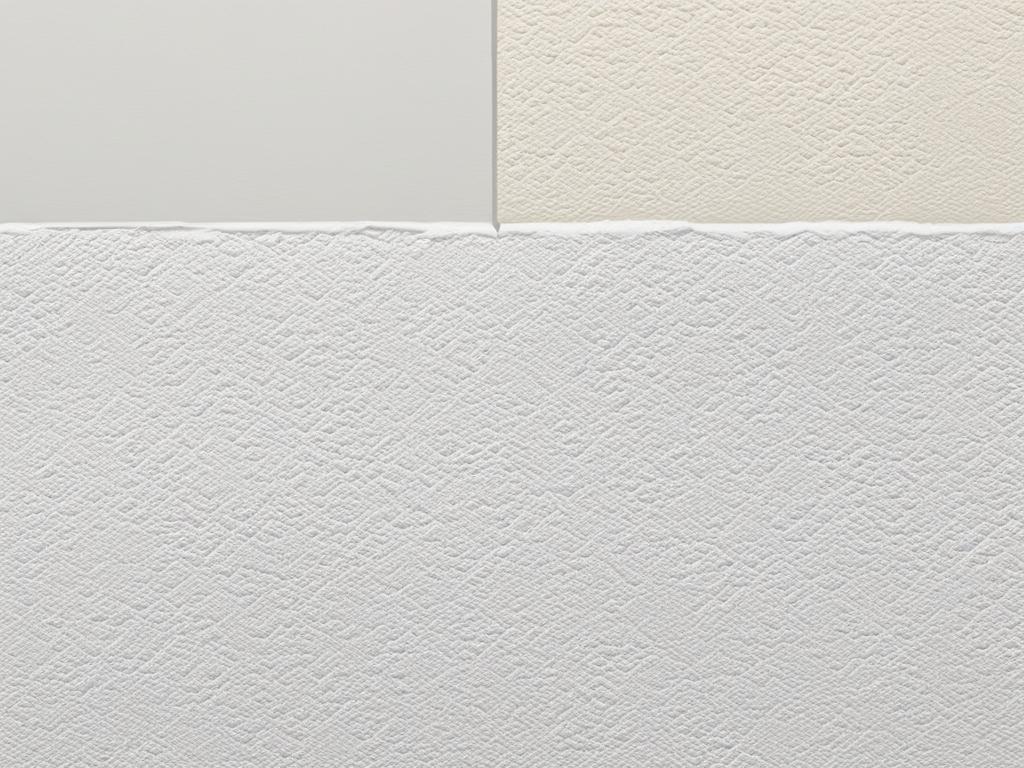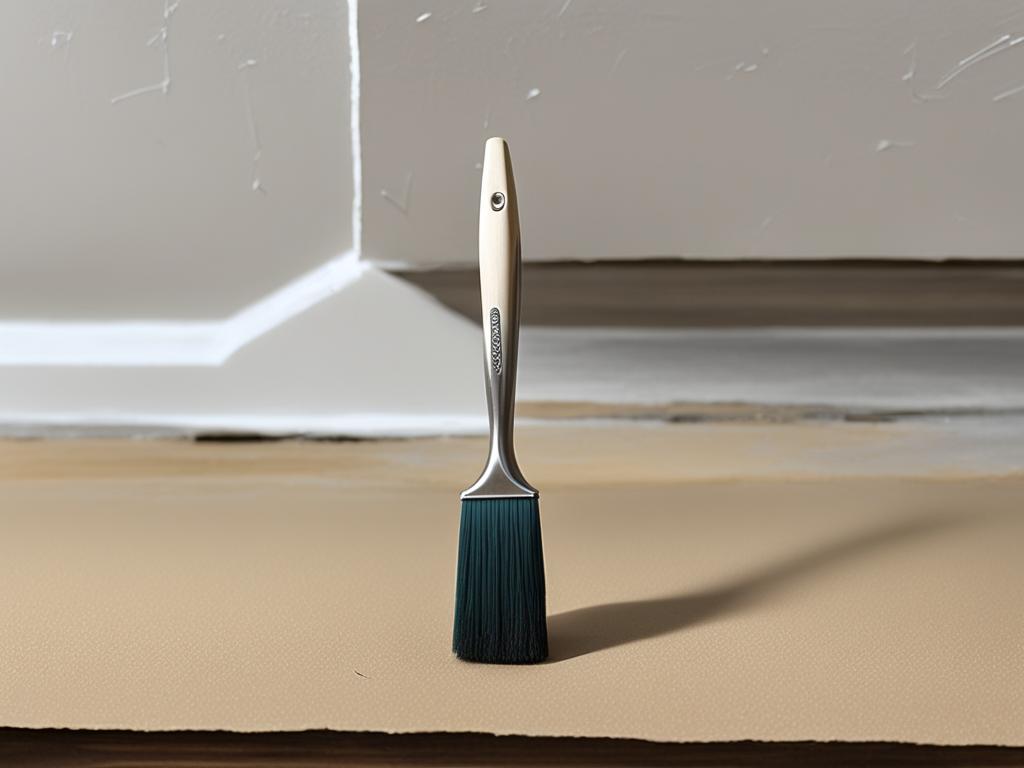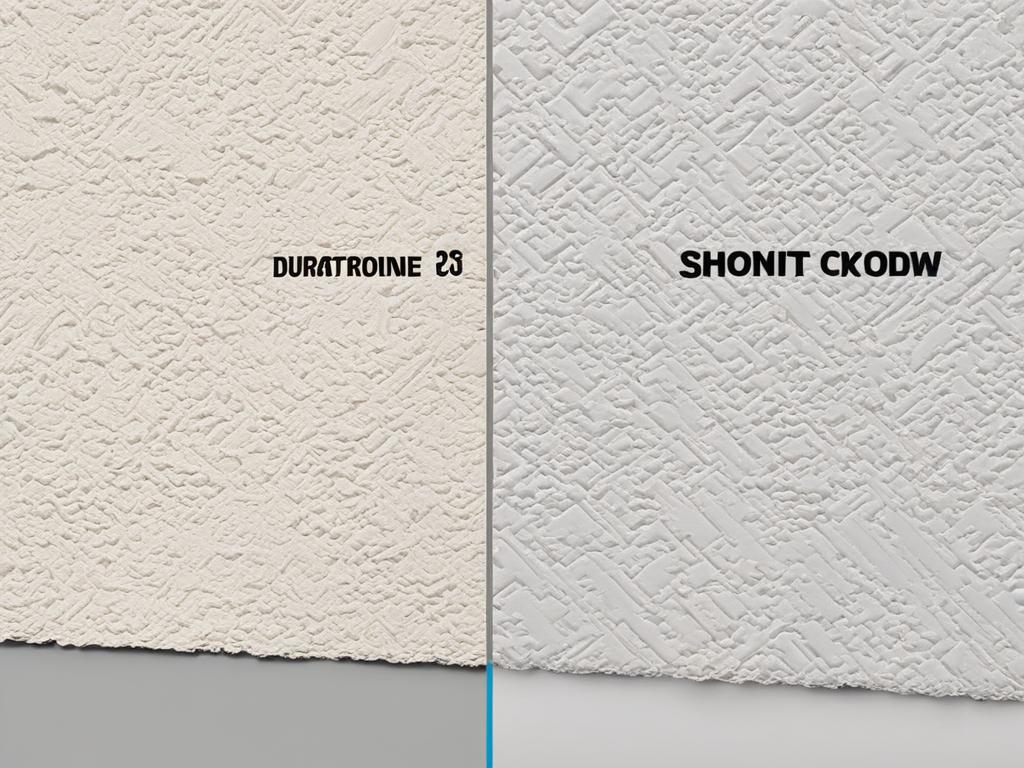When it comes to choosing the right joint compound for your drywall project, two popular options are Sheetrock 90 and Durabond 90. These products are widely used in the construction industry and offer different features that cater to specific needs.
Sheetrock 90 and Durabond 90 are both made from a mixture of compounds with gypsum as the primary material. While they share similarities, it’s important to understand the differences between them to ensure the best results for your project.
Key Takeaways
- Sheetrock 90 and Durabond 90 are popular joint compounds used in the construction industry.
- Sheetrock 90 is versatile and suitable for various stages of drywall finishing.
- Durabond 90 is ideal for pre-filling gaps and provides a strong bond with reduced blemishes and cracks.
- Both compounds have good resistance against humidity.
- Drying time for both compounds is 90 minutes, but Durabond 90 sets quickly, allowing for multiple coats in a day.
- Costs may vary depending on the supplier and quantity needed for the project.
Sheetrock 90 vs Durabond 90: Differences in Application and Strength
When it comes to choosing between Sheetrock 90 and Durabond 90 for your drywall project, understanding their differences in application and strength is crucial. Both joint compounds offer their own unique advantages and are suitable for specific purposes.
Sheetrock 90: Versatile and Easy to Use
Sheetrock 90 is an excellent option for pre-filling large drywall gaps, repairs, and patches. Its ease of use and sandability make it versatile for various stages of drywall finishing.
The smooth texture and workability of Sheetrock 90 make it easy to mix and apply. Whether you’re a professional or a DIY enthusiast, this joint compound is user-friendly and allows for precise application.
With Sheetrock 90, you can achieve a smooth and seamless finish, ensuring a professional look for your drywall. It is particularly suitable for smaller projects or areas that require frequent maintenance.
Durabond 90: Strong and Resilient
Durabond 90 is specifically designed for pre-filling drywall seams and filling large cracks and holes. Its strength and ability to reduce blemishes and cracks make it a popular choice among professionals.
Although Durabond 90 is not sandable, it provides excellent bonding properties and ensures a strong, long-lasting hold. It has a fast-setting quality, enabling multiple coats to be applied within a single day.
If you’re looking for a joint compound that can withstand heavy wear and tear, Durabond 90 is the ideal choice. Its resilience and ability to resist humidity make it suitable for high-traffic areas and environments with fluctuating moisture levels.
Here’s a comparison table outlining the key differences in application and strength:
| Sheetrock 90 | Durabond 90 | |
|---|---|---|
| Application | Pre-filling large gaps, repairs, patches | Pre-filling seams, filling cracks and holes |
| Strength | Good | Excellent |
| Sandability | Yes | No |
| Drying Time | 90 minutes | 90 minutes |
Both Sheetrock 90 and Durabond 90 offer reliable strength and are resistant to humidity. However, each has its own specific applications and characteristics that set them apart.
Consider the size of the gaps you need to fill, the finish you want to achieve, and the project requirements to determine which joint compound is best suited for your needs.

Sheetrock 90 vs Durabond 90: Drying Time and Cost Comparison
When it comes to choosing the right joint compound for your drywall project, two popular options are Sheetrock 90 and Durabond 90. Understanding the differences in their drying time and cost can help you make an informed decision. Let’s take a closer look at these factors.
Drying Time
Both Sheetrock 90 and Durabond 90 have a drying time of ninety minutes. This means that they take the same amount of time to harden on the wall, allowing you to proceed with the next steps of your project. However, it’s important to consider the speed at which Durabond 90 sets.
Durabond 90 sets quickly due to a chemical reaction within the compound. This enables you to apply multiple coats within a single day, significantly speeding up the overall project timeline. On the other hand, Sheetrock 90 offers a more standard drying time, which may be more suitable for projects that require a slower pace.
Cost Comparison
When comparing the cost of Sheetrock 90 and Durabond 90, they are generally comparable. However, it’s important to note that the final pricing may vary depending on the supplier and the quantity needed for your project. It’s always a good idea to obtain quotes from different suppliers to ensure you are getting the best value for your money.
Considering both the drying time and cost, it’s essential to assess your project’s specific requirements and budget. By doing so, you can make an informed decision on whether Sheetrock 90 or Durabond 90 is the right choice for your drywall project.

As you move forward with your project, remember to consider factors beyond just drying time and cost. Both Sheetrock 90 and Durabond 90 offer unique features and applications that may be better suited to different projects. By carefully evaluating your needs, you can select the joint compound that will provide the best results.
Conclusion
In conclusion, Sheetrock 90 and Durabond 90 are two excellent joint compounds that offer unique features for drywall finishing projects. Sheetrock 90 is a versatile option with its ability to be easily mixed and sanded, making it ideal for various stages of application. On the other hand, Durabond 90 is specifically designed for pre-filling gaps and provides a strong bond that helps reduce blemishes and cracks.
Both Sheetrock 90 and Durabond 90 exhibit good resistance against humidity, ensuring long-lasting results. Additionally, they have similar drying times, allowing for efficient project completion. When deciding between Sheetrock 90 and Durabond 90, it is important to consider your specific project requirements and the desired finish.
Whether you need to fill gaps, repair patches, or pre-fill seams, Sheetrock 90 and Durabond 90 offer reliable solutions for your drywall needs. Take into account the ease of application, strength, and cost considerations to make the right choice for a successful project.
FAQ
What is the difference between Sheetrock 90 and Durabond 90?
Sheetrock 90 is versatile and easy to mix and sand, making it suitable for various stages of drywall finishing. Durabond 90 is ideal for pre-filling gaps and offers a strong bond with reduced blemishes and cracks.
What is the drying time for Sheetrock 90 and Durabond 90?
Both Sheetrock 90 and Durabond 90 have a drying time of ninety minutes.
Can Durabond 90 be sanded?
No, Durabond 90 is not sandable. However, it provides an excellent bond and reduces blemishes and cracks.
Can multiple coats be applied in a single day with Durabond 90?
Yes, Durabond 90 sets quickly due to a chemical reaction within the compound, allowing for multiple coats to be applied in a single day.
What is the cost difference between Sheetrock 90 and Durabond 90?
The cost of Sheetrock 90 and Durabond 90 is comparable, but the final pricing may vary depending on the supplier and the quantity needed for the project.
